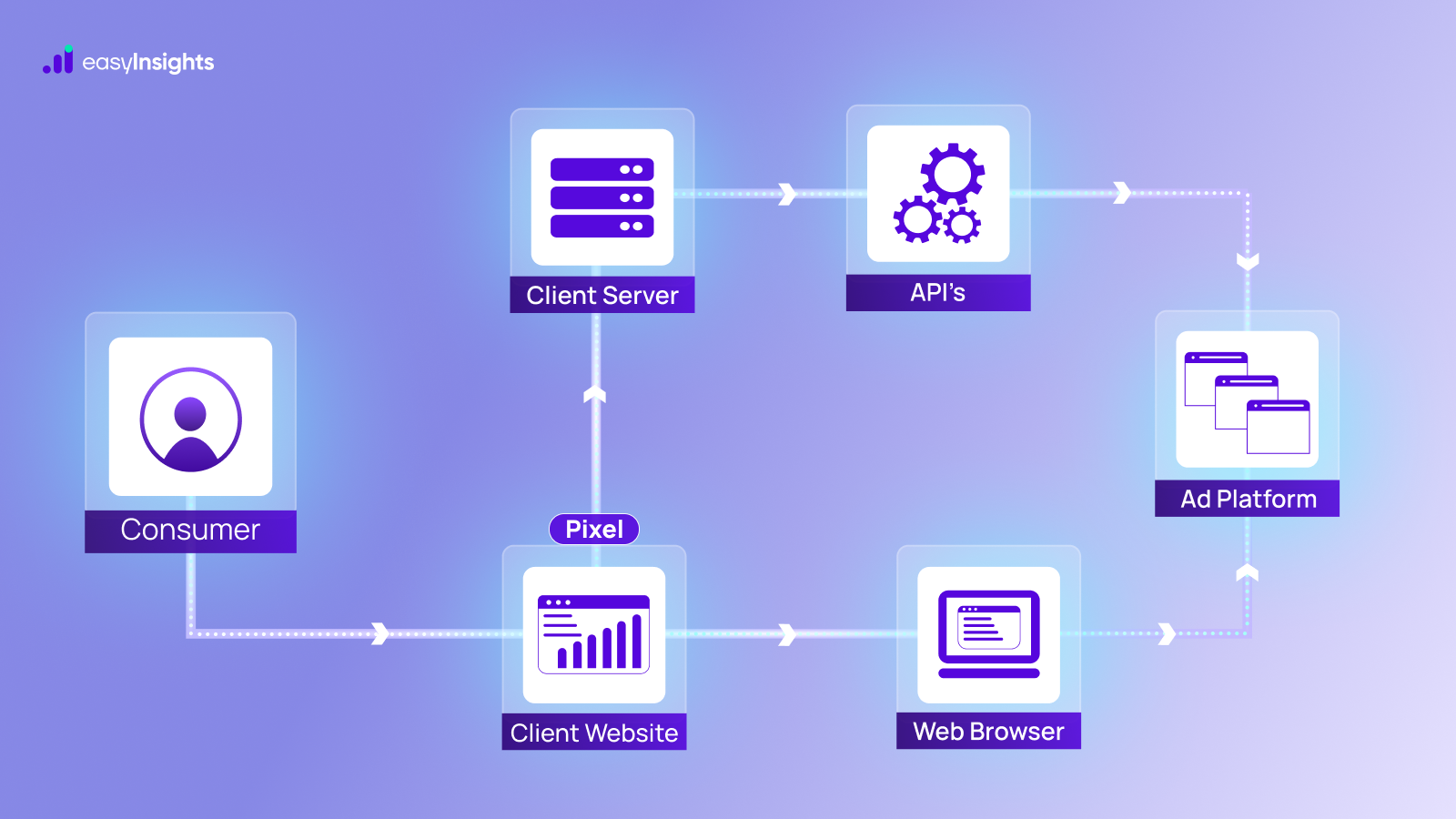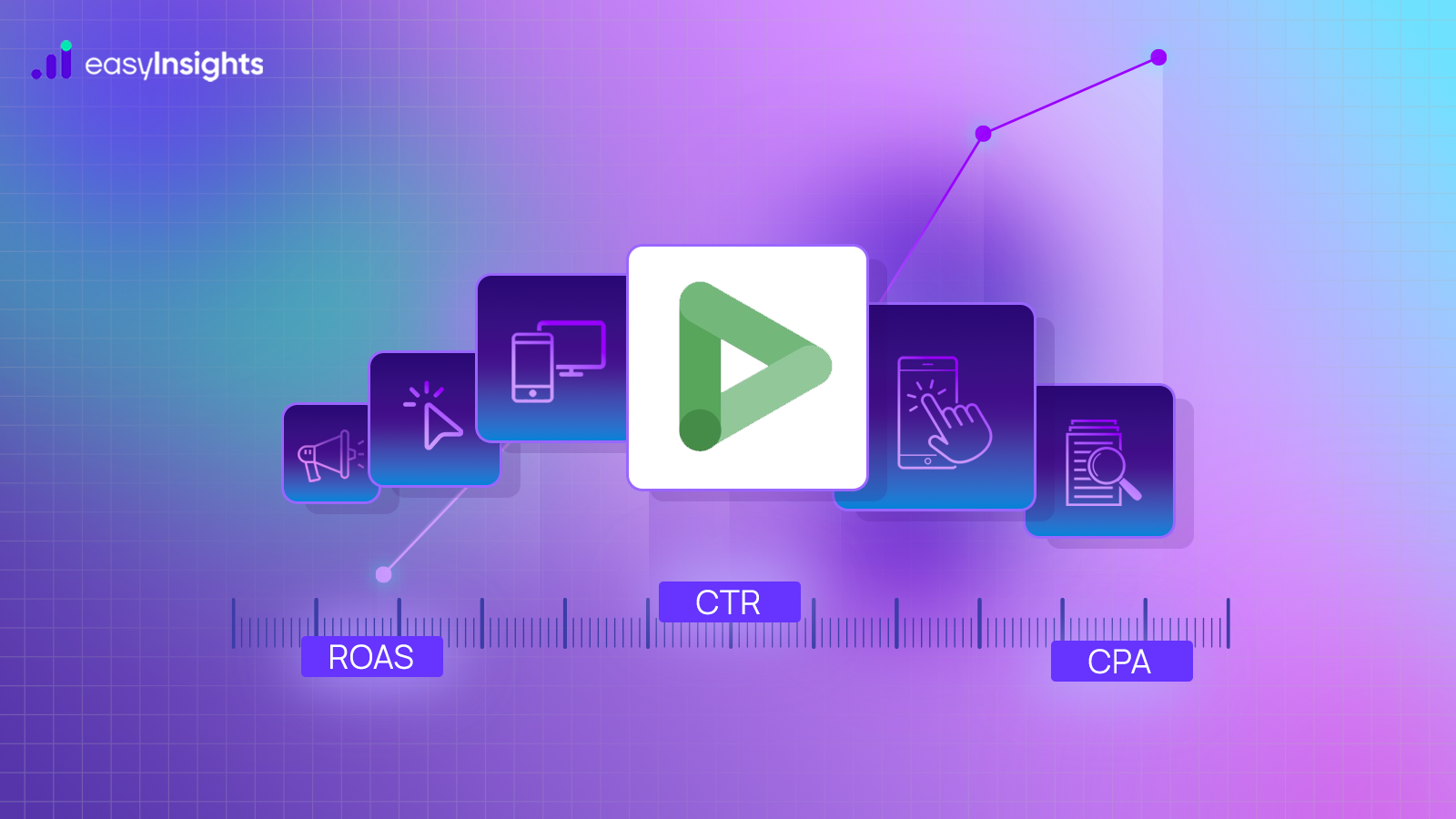
Twitter maintained a top spot on the news last year as reports of Elon Musk acquiring the microblogging social networking platform went viral. Once the Tesla CEO bought the platform for $44 billion in October 2022, it didn’t take long for the beloved bird to fly away and Twitter to get rebranded as X.
And while this change did rock the boat with celebrities worldwide quitting the platform, X is by no means old news for marketers. In fact, it currently has 529.3 million active monthly users and is estimated to host 652.23 million by 2028. In other words, X continues to offer marketers substantial reach that will only grow in the years to come.
But as any experienced marketer knows, simply existing and publishing ads is never enough. What it really takes is to analyze data, track metrics, and optimize them. And if you’re wondering how to measure your performance on X, we’ve you covered.
Here, we discuss 8 X metrics you should be measuring and equip you with six actionable ways you can drive their performance.
Jump ahead to:
8 Metrics to Track and Optimize your X (Twitter) Ad Campaign
Think of metrics as the pulse of your marketing campaign. Keeping a finger on them allows you to understand whether your campaign thrives or needs extra care. So, here are 7 key metrics that you must track to drive the success of your X marketing campaigns.
1. Impressions
Impressions refer to the number of times your ads have been viewed over a while. In other words, it’s a metric that helps you understand how your campaign is performing with the audience right off the bat.
Since the algorithm matches ads with users based on their behavior, searches, your target persona, and other factors, a high number of impressions means your ads campaign is optimized.
2. Engagement Rate
After you know how many users are seeing your ads organically, it is time to learn how many are engaging with your content. While impressions tell us how many of them are seeing it, engagement rate tells us how many users are actually noticing your ads.
Another way to look at this is that high impressions tell us our campaign setup is working, while a high engagement rate tells us our ads are well-designed. They’re catching and holding the audience’s attention.
If your engagement rate is low, consider collaborating with influencers, and celebrities, participating in challenges or trending online conversations. Being a microblogging site, users are there to share their opinions, and if you get the ball rolling, it’s bound to get you some eyeballs.
3. Click-Through Rate (CTR)
This is your go-to metric to understand how many of your ads prompt users to land on your website and drive traffic to your platform. The average CTR for X (Twitter) Ads is 0.86%.
If your CTR touches 1%, you’re already doing better than most. But, if it’s below 0.86%, try the following:
- Optimize your headline and ad content,
- Reevaluate your CTA,
- Incorporate more visual content and less text,
- Leverage memes, hashtags, trending topics, etc.
4. Cost Per Mille (CPM)
Marketers on average spend $5 for 1000 impressions on X. A higher CPM indicates either you are trying to reach a very niche audience or your competitors are also targeting similar audiences.
Since you pay for impressions, not clicks, you must focus on improving ad relevance and targeting to boost engagement rates while maintaining healthy CPM levels. You must also refine bidding strategies to maximize visibility within your target audience.
5. Cost Per Click (CPC)
This metric refers to the cost of getting an X user to click on your ads. And so, a low CPC means you can get users to click on your ad without spending much. Conversely, a high CPC means it can be expensive.
With the average CPC for ads at $0.58, if you’re able to hit the $1 mark, consider your campaign a winner.
This metric is essential when planning campaign budgets and ascertaining whether your X (Twitter) Ad campaigns are worth it.
6. Cost Per Lead for X (Twitter) Ads
This measures the average cost of generating a lead through X (Twitter) ad campaigns. If lead generation is one of your goals, there’s no better metric than this one. This is because the cost per lead metric helps you understand how effectively this goal is being met and if there are ways you can lower it.
It’s important to note that this metric is tricky and relies heavily on your target audience, the type of ads you publish, and how much competition you have to fend off for ad space. Further, it is heavily reliant on your budget. If your CPL is straining your budget, try targeting your audience even more precisely. Your ads might be getting featured to low-quality leads.
7. Conversions
Conversion allows you to learn how many X users perform desired actions after seeing your ads. This could be users who made a purchase or those who subscribed to your newsletter. But most importantly, it tells you how many users are becoming paying customers through your ads.
The average conversion rate for X (Twitter) ad is around 0.77%. And so, anything north is good news. However, if your conversion rate is falling short, it’s time to reevaluate your strategy. Are your ads engaging enough? Are your landing pages optimized for users? – find answers to these and you know where to start.
8. Audience Demographics
Is it even marketing analytics if it doesn’t tell you who your audience exactly is? Fortunately, X provides a decent suite of audience demographic metrics with its Audience Insights reporting.
Four key X audience demographic metrics are:
- Gender
- Age
- Location
- Interests (includes topics and sub-topics spread across categories like beauty, literature, careers, events, etc.)
At the most basic level, you use these metrics to identify which audience groups engage with your X (Twitter) ad. You can identify what topics they follow and what types of conversations they have on the platform.
Besides, you can use advanced analytics tools to segment your audiences based on their demographics and perform cohort analysis. That way you can narrow down on top-performing groups, and create personalized campaigns. And as you know, personalized campaigns are a sure shot to boost leads, conversions, and other key metrics.
Additional Read: Guide to Cohort Analysis and GA4 Cohort Exploration
Six Tips to Drive X (Twitter) Ad Metrics
Tracking your key metrics is one side of the coin. The other is driving their performance to bring home the ROI you deserve. So how do you go about acing this game? Here are six actionable tips to get you started.
1. Set Realistic Goals
The definition of ‘successful’ is not the same for every marketer. This is because the success of your campaign depends on your goals. If these goals are met, your campaign has made it. Otherwise, it’s time to double down and try again.
That said, it might not always be inefficiency that’s making you miss your goals. Sometimes, it could all be your goals. Setting realistic goals that are manageable with given resources is essential. For instance, you can’t aim for a million impressions with your first X (Twitter) ad campaign. Your brand is yet to establish itself on the platform to expect such results. And so, setting such a goal is akin to self-sabotage.
We recommend you study your existing performance and use that to set goals. This will allow you to set realistic expectations for your campaigns and plan better.
2. Analyze Data to identify Trends in Performance
Today, staying up-to-date with trends and hashtags is crucial. While they might be short-lived themselves, their effect on your campaigns is long-lasting. These are especially helpful if you’re looking to drive brand awareness. Talk about what everyone’s talking about, and you join the conversation, effectively establishing a presence on X.
3. Keep up with Competition
Undertaking a social media competitive analysis is another great way to drive your metrics. This allows you to examine what your competitors are doing and helps you learn from their actions. Not to mention, it also helps you discover new marketing strategies that you can give your own unique spin to.
4. Leverage Influencer Culture using X (Twitter) Ads
Influencers are a great way to broaden your reach and connect with your audience better. These individuals nurture and grow their followers over time by creating content that resonates with them continuously.
As a result, their followers trust their opinions and suggestions. By collaborating with such influencers and having them feature in your ads, you gain access to this following and more eyeballs for your brand.
5. Ascertain where your Audience is in the Funnel
Your target audience must be nudged through various stages of the customer journey to be ready to purchase. And so, when planning your X (Twitter) ad campaign, the most important thing to do is to learn where the target audiences are in their journey.
Based on this, you can design ads that resonate with them and consequently perform better. And that, in turn, helps you drive the above metrics.
6. Relevant and Appealing Copy for X (Twitter) Ad Campaign
The last tip is to ensure your ads don’t go unnoticed. To do this, make sure they’re visually pleasing, eye-catching, relevant, and engaging. At the end of the day, X is a social networking site with more than enough interesting content. So, why would a drab, poorly made ad gain any attention?
It won’t; it will only increase the cost of impressions and clicks without bringing home any real results. So, create eye-popping content and watch your engagement rate, link clicks, and other metrics soar!
Additional read: 6 Social Media Optimization Strategies That Will Change Your Game
When to check X (Twitter) Ad KPIs?
Now that we have tackled the metrics to track and how you can optimize them, it’s time to discuss how often you need to check on these to keep the wheels well-oiled. While this depends on your metrics and goals, X Business recommends you check on them at least once a week.
This ensures you work with the latest data and can tweak your campaigns as soon as possible to leverage trends, hashtags, and other short-notice metric drivers.
Drive the Success of Your X (Twitter) Ad Campaigns with EasyInsights
Measuring and optimizing the above 10 metrics will empower you to make the most out of your X campaigns and crush your marketing goals one by one. But to get there, you need a data analytics tool that goes above and beyond.
And while X’s in-app analytics offer a window into how your campaign is performing, it can fall short for those looking to maximize their ROI. For those marketers, we recommend EasyInsights. This data intelligence tool empowers marketers to explore data the way they want to, with premium features like data activation, audience segmentation and sending real-time signals to the X algorithm to optimize marketing efforts and so much more!
With EasyInsights, you’re not only improving your ROAS, but also streamlining retargeting and creating audiences, in real-time!
To learn more, visit our website and book a demo today!
Additional read: 11 Important Social Media Metrics to Track ROI for Your Client








